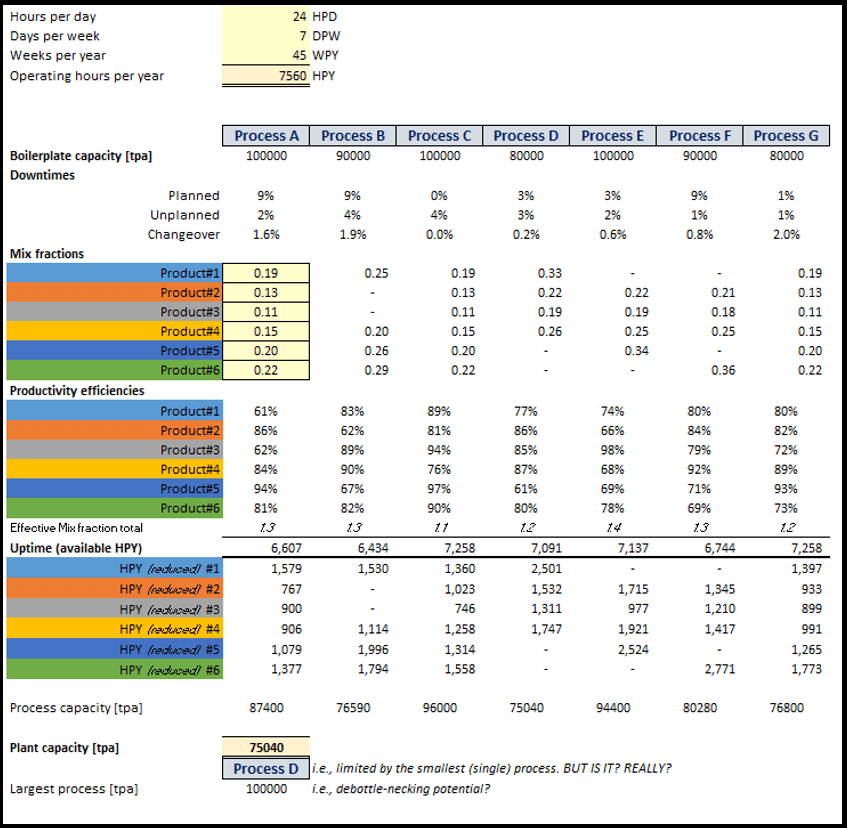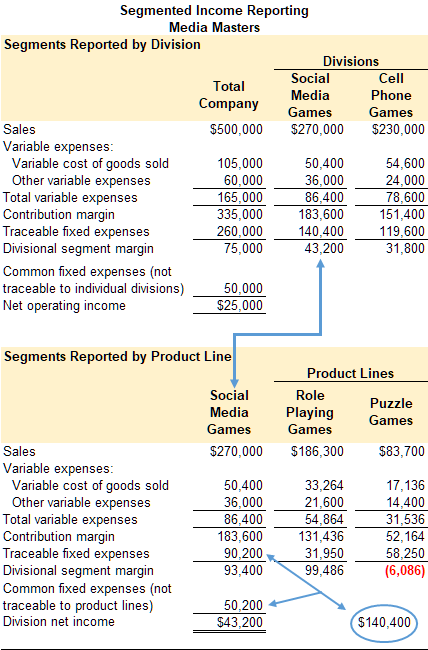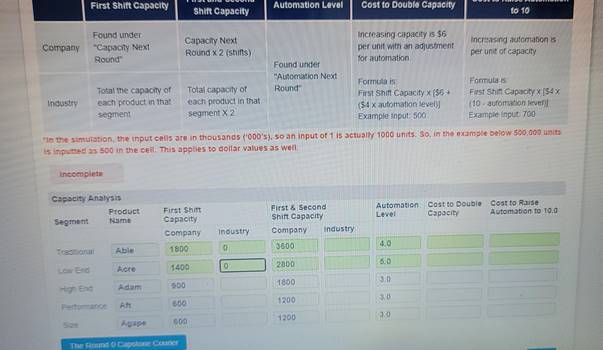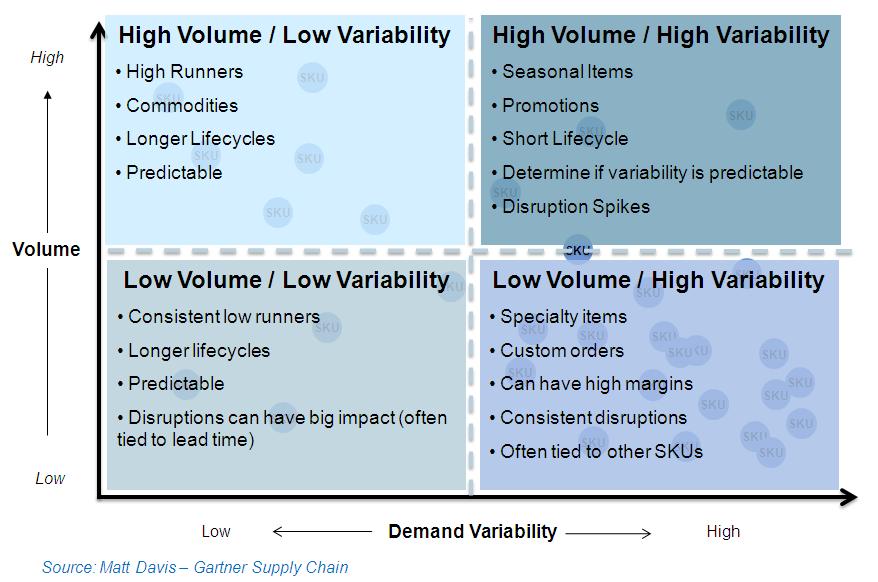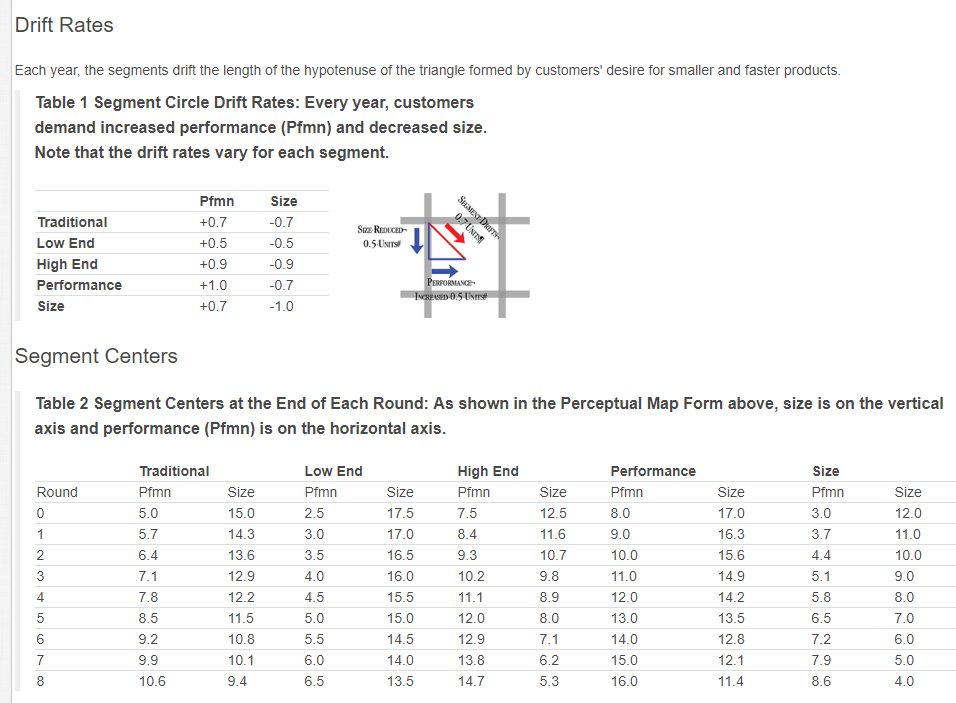Total The Capacity Of Each Product In That Segment
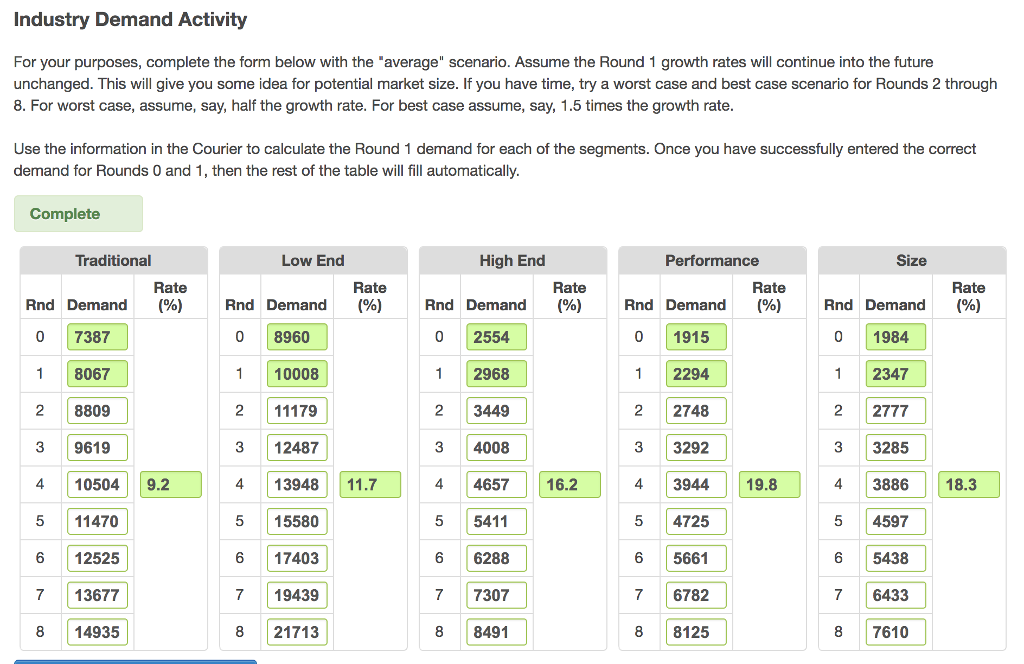
Imagine a world powered by innovation, where every device, every gadget, every piece of technology humming with the energy of possibilities. Behind this symphony of progress lies a fundamental truth: capacity. The ability to create, to store, to facilitate our digital lives. It's a concept that often hides in plain sight, yet defines the boundaries of what's achievable. It's a world of constant evolution, where today's limits become tomorrow's baselines.
This article delves into the total capacity across key product segments, providing a snapshot of where we stand in terms of production capabilities, storage solutions, and infrastructural prowess. We will explore the current landscape, examining the total capacity of semiconductors, battery technology, data storage, and renewable energy infrastructure. It is a look into the present capacity, not the future.
Semiconductor Manufacturing Capacity
Semiconductors are the backbone of modern technology, powering everything from smartphones to supercomputers. The capacity of semiconductor manufacturing directly impacts the availability and cost of countless electronic devices. TSMC, Samsung, and Intel are the leading players in this high-stakes game.
According to recent reports from industry analysts like Gartner, the total global semiconductor manufacturing capacity is measured in wafer starts per month (WSPM). This metric signifies the number of silicon wafers processed each month in fabrication plants, or fabs. The overall capacity depends on the technology node, with advanced nodes like 3nm and 5nm being more capacity constrained due to the complexity of the manufacturing process.
Current estimates suggest a total global capacity exceeding 25 million WSPM across all technology nodes. However, the demand for advanced chips outstrips supply. This imbalance has driven significant investments in expanding existing fabs and building new ones.
Battery Production Capacity
The rise of electric vehicles (EVs) and energy storage systems has fueled an unprecedented surge in demand for batteries. Battery production capacity is a crucial metric for meeting these demands and enabling the transition to a cleaner energy future. Asia, particularly China, South Korea, and Japan, dominates battery production.
Battery production capacity is typically measured in gigawatt-hours (GWh) per year. This unit represents the amount of energy that batteries can store, produced annually. According to data from BloombergNEF, the global battery production capacity is expected to exceed 1,000 GWh by the end of 2024.
The capacity is concentrated in the hands of a few major players such as CATL, LG Energy Solution, and Panasonic. Europe and North America are actively investing in expanding their domestic battery production to reduce reliance on Asian suppliers.
Data Storage Capacity
In the age of big data, the ability to store and manage vast amounts of information is paramount. Data storage capacity is growing exponentially, driven by the proliferation of cloud computing, artificial intelligence, and the Internet of Things (IoT). Hard disk drives (HDDs) and solid-state drives (SSDs) are the primary storage technologies.
Data storage capacity is measured in exabytes (EB), where one EB is equal to one billion gigabytes. According to IDC, the total global data sphere is projected to reach hundreds of zettabytes in the coming years, with significant portion in enterprise and cloud storage.
The total installed base of HDD and SSD capacity is estimated to be around several hundred exabytes. Western Digital, Seagate, and Samsung are key players in the HDD and SSD markets. They are constantly pushing the boundaries of storage density and efficiency.
Renewable Energy Infrastructure Capacity
The transition to renewable energy sources like solar and wind power is essential for combating climate change. The capacity of renewable energy infrastructure determines the extent to which we can reduce our reliance on fossil fuels. Solar and wind are currently the fastest-growing sources of renewable energy.
Renewable energy capacity is measured in gigawatts (GW), representing the total power generation capacity of solar, wind, hydro, and other renewable energy installations. According to the International Renewable Energy Agency (IRENA), the global renewable energy capacity reached over 3,870 GW by the end of 2023.
Solar and wind power account for the majority of this capacity. China, the United States, and Europe are leading the way in deploying renewable energy infrastructure. Increasing capacity is crucial for meeting the growing global demand for electricity and reducing carbon emissions.
The Interconnectedness of Capacity
It is important to note that all these segments are closely interconnected. Semiconductor manufacturing capacity enables the production of advanced battery management systems and efficient solar panels. Data storage capacity supports the management and optimization of renewable energy grids. Battery production capacity powers electric vehicles and energy storage systems.
Therefore, investing in and expanding capacity across all these areas is essential for driving technological progress and addressing global challenges.
Supply chain disruptions, geopolitical tensions, and technological advancements also play a significant role in shaping capacity. For example, the COVID-19 pandemic exposed vulnerabilities in global supply chains, leading to shortages of semiconductors and other critical components. Geopolitical tensions can also disrupt trade and investment, impacting capacity expansion plans.
Technological advancements, on the other hand, can lead to more efficient manufacturing processes and higher storage densities. These advancements can increase the overall capacity without necessarily requiring significant investments in new infrastructure.
Capacity is not merely a numerical value. It reflects the culmination of research, investment, and innovation. It signifies the collective human effort to push the boundaries of what is possible. Capacity is a vital indicator of technological progress and our ability to address global challenges.
As we move forward, expanding and optimizing capacity across all these key areas will be essential for driving economic growth, improving quality of life, and ensuring a sustainable future. It is not just about producing more, but about producing better, more efficiently, and more sustainably. The future hinges on our ability to harness the power of innovation and expand the horizons of capacity.
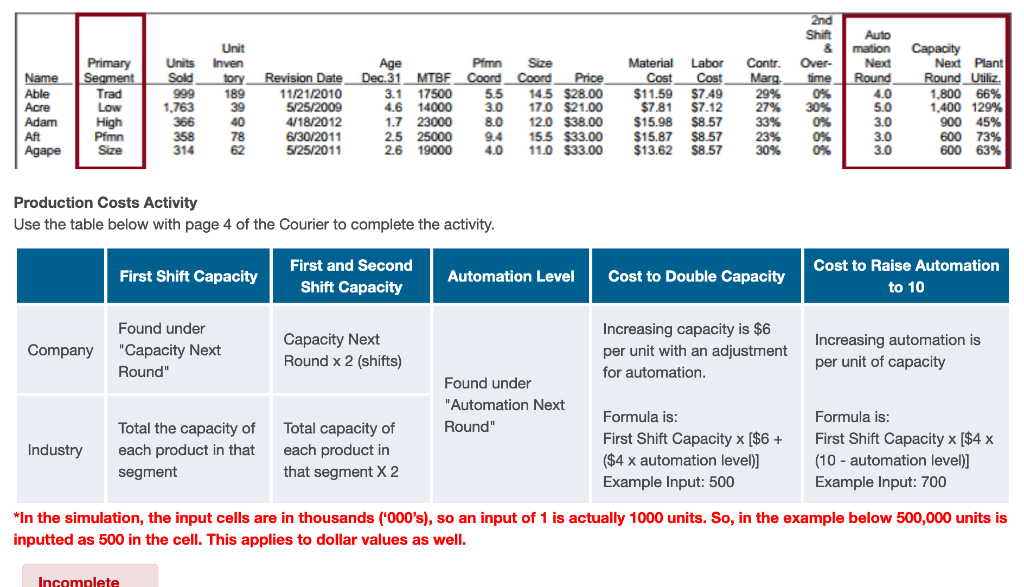



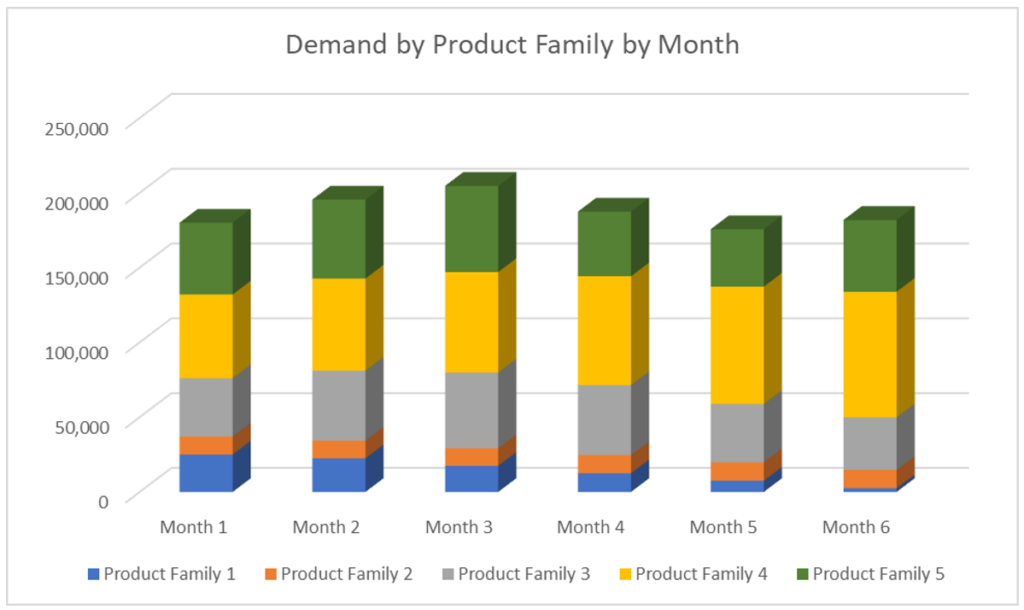

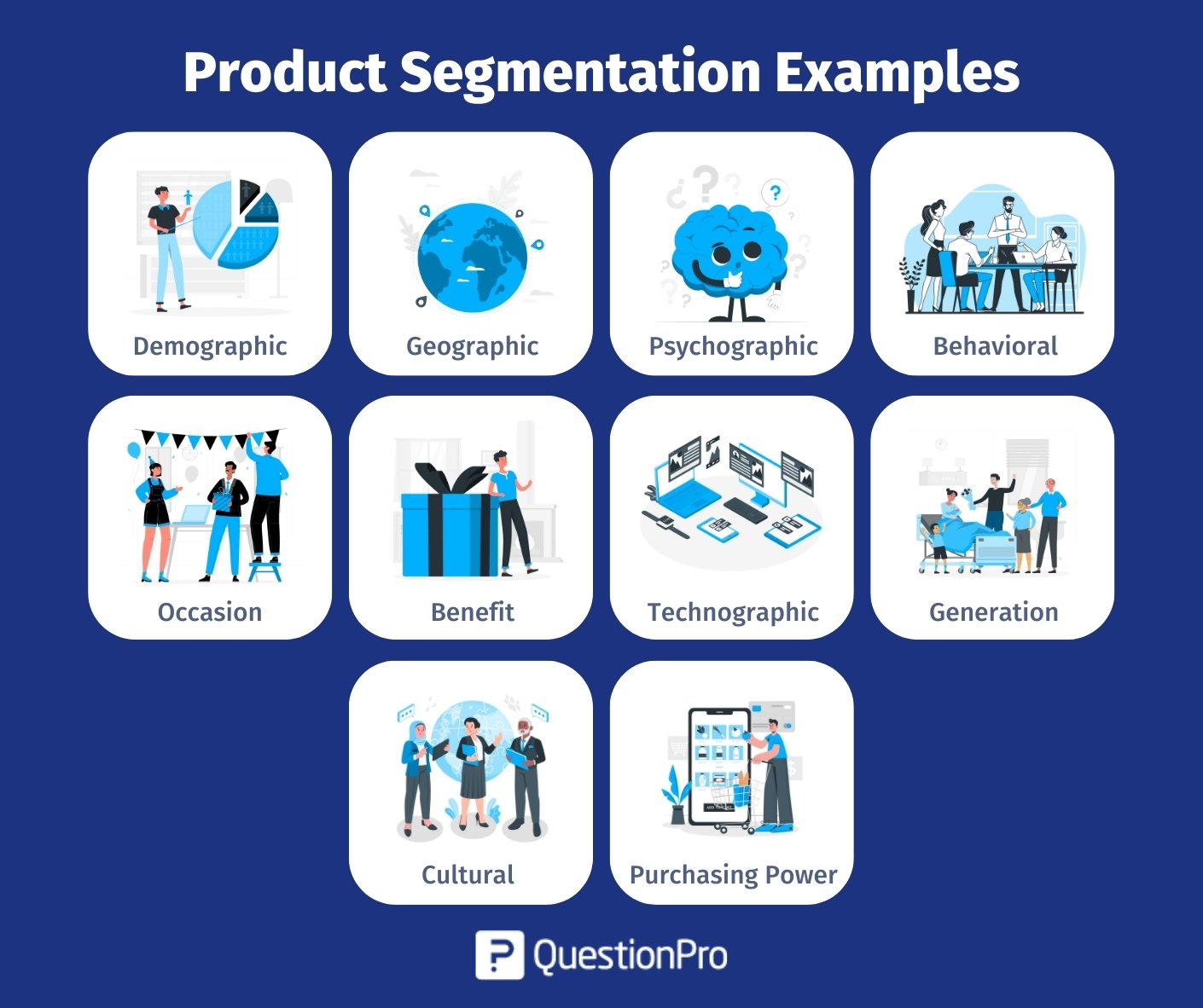
![Total The Capacity Of Each Product In That Segment What is Product Segmentation Strategy [+Examples]](https://www.profitwell.com/hubfs/What-is-product-segmentation-.jpg)


